Today, June 23rd, marks the 100th anniversary of the birth of David Ogilvy.
Many of you will ask: who is David Ogilvy?
David Ogilvy is a legend in a world that all of you are involved in: advertising.
In 1936, at the age of 25, he declared that “Every advertisement must tell the whole sales story. Every word in the copy must count,” adding that “permanent success has rarely been built on frivolity and…people do not buy from clowns.”
All of firstpost.com’s readers who are not from advertising, marketing and media companies must spend so much of their time in front of TV screens wondering, “who are the clowns who made this ad?”
David Ogilvy was different. He spent time understanding the consumer, understanding what would drive the consumer to notice or to buy a brand or a service. He made advertising both a science and an art - and his agency branches worldwide inculcated his ideas and thoughts in the work they created.
When Ogilvy was 81, he famously said, “If you focus your advertising budget on entertaining the consumer, you may not sell as much of your product as you like. People don’t buy a new detergent because the manufacturer told a joke on television last night. They buy it because it promises a benefit.”
They don’t. They don’t buy more Fevicol adhesives, more Cadbury Dairy Milk, more Titan Watches, indeed more anything, because you tell a joke on TV- you need to promise them a benefit.
The magic is if you can do both. Entertain the consumer, the reader, the viewer - as well as promise him a benefit. That’s when advertising works best.
Advertising, from the time it began, has always had to deal with an overdose, what, in jargon, one calls clutter. How do you get the consumer to notice your ad when there are so many others that fight for your attention?
This was how David Ogilvy got consumers to notice the Rolls Royce:
Ogilvy, in India (as in any other country that they were active in), had a hard act to follow. Produce communication that David Ogilvy would have stood by.
For example, in creating communication, remember that “The consumer is not a moron, she is your wife.”
Or, bear in mind that “You cannot bore people into buying your product; you can only interest them in buying it.”
And this is the ultimate: “Never run an advertisement you would not want your own family to see.”
So I thought I’d share some wonderful Ogilvy India ads with you and let you take a call on how true to Ogilvy’s principles and thoughts these are.
Start with a favourite. The category: chocolate. The brand: Cadbury Dairy Milk.
The background: India was a country dominated by traditional sweets; the sandesh and the rossogolla, the jalebi, payasam, and so on. Except for parts (and the richer demographics) of West Bengal and Punjab, sweets and confectionery needed an ‘occasion’ for consumption; birth in the family, passing an exam, marriage, a festival, a birthday, and so on. The communication had all these challenges to overcome.
This is how Ogilvy began addressing them, many, many years ago:
Watch the commercial again. And think of chocolate whenever there’s a moment in your life!
Many decades later, as chocolate consumption became more acceptable in society and was no longer considered a waste and an extravagance, here’s how Ogilvy spoke to you and tried to increase reasons for consumption:
Think of Cadbury every time you pass- anything. Here’s Pappu passing his exams.
Many years later, as passing an exam was reason enough for you to treat yourself to Cadbury’s Ogilvy thought that was not often enough. Amongst other reasons, have one each month as you received your pay. This is my all time favourite, especially as clutter on TV had grown manifold by now, and, as per David Ogilvy’s dictat, you had to make noticeable advertising.
Here’s Pehli Tareekh hai:
Continue reading on the next page
It’s wonderfully extravagant, and everything is clutter-breaking. The TVC takes you to an era long gone, capturing such wonderful Indian insights and idioms. Wife asking husband to come home early, wanting to go and see a film (which, in a time long gone was the only time the couple would have time to themselves), buying tickets in ‘black’- and the ultimate, the chocolate. When I get my pay cheque, I’m off to by a bar of Cadbury for myself- whether it’s the pehli tareekh or not!
The Cadbury work, in a funny way, wasn’t the most difficult challenge before Ogilvy. What do you do when people don’t know your brand- and don’t even care whether you are one? Ogilvy (and Piyush Pandey) had to address these issues when getting you to first notice, and then buy, Fevicol and Asian Paints. In both cases, the brands were in what were at the time of creation, ’low involvement’ categories. The person paying for the products was not involved at all in the decision on what brand to buy. In Fevicol’s case, the carpenter working for the consumer decided on the brand of adhesive- though how good or bad the adhesive was affected what the carpenter was making. In the Asian Paints case, the painter decided on what paint to buy, or a price-point decided it.
How does Ogilvy get you involved, and transfer the power of decision making to the consumer rather than an intermediary?
Here’s how: First, let’s take a dekko at Asian Paints:
The house, and the paint, say so much about you. So why don’t you get involved - and decided on the paint your painter uses?
Later, as the category matured and more brands competed, Ogilvy got you more involved. Here’s how:
And for Fevicol, every commercial was a laugh riot - which you remembered when the carpenter came home? “Use Fevicol!”, you told him.
How boring would this ad have been if you saw a carpenter actually using Fevicol instead of this lateral, entertaining route?
The communication task is even more daunting when you are a late entrant in a category which is dominated by a brand which was almost generic. How do you get noticed (and get people to buy) a brand that is pitted against Colgate? Especially when the brand is so entrenched in society that mothers ask their children “Colgate kiya?” It was simple for Ogilvy. They asked, “Kya aap Close-up karte hain?
Notice the number of features embedded innocuously in the lyrics, the number of benefits that are highlighted. David Ogilvy would have been happy.
When it came to Titan watches, the challenges were similar on the one hand, to the Cadbury’s challenge, and on another, to the Close-up one. You need a REASON to buy a watch, like in the Cadbury case, and the market was dominated by a single brand, HMT, as in the Close-up case. Here’s how Ogilvy spoke to you:
Later, as Titan had been established as a brand and a player in the watch market (almost killing HMT in the process) back comes a Cadbury like problem: get consuemrs to buy more. More watches? Why does one need more than one watch? Because Ogilvy, Titan and Aamir Khan tell you to do so.
Continue reading on the next page
A new challenge. Take an international, iconic brand. A brand that is the dream account for anyone in advertising.A brand that has the most unusual advertising responsibility structure that I’ve heard of. It’s The Economist magazine, where every ad has to be approved by the editor, I kid you not.
Here’s what Ogilvy India did, staying true to the brand- and to David Ogilvy’s precepts.
Ogilvy India interpreted The Economist and interpreted the world of The Economist for Indian targets.
All the products above are brick and mortar products- what about the abstract, services? How do you say, in a 30 sec TVC, that you would get mobile coverage wherever you went? With a pug, said Ogilvy India, with a commercial that you laughed at and laughed with. A commercial that highlighted the benefits of the product. David Ogilvy would, again, be more than pleased.
You fell in love with the pug and all that it did.
And Hutch (later Vodafone) gained millions of subscribers. Then Hutch wanted them to run a marathon (actually half a marathon) in Delhi. A completely different challenge, with a completely different solution:
So many brands, so many categories, such wonderful communication. Happy Birthday, David Ogilvy. You can rest easy about Ogilvy India. They’ve inherited your genes.
And to close, here’s one of my favourites. Shubh Aarambh, which is a great way, ironically, to end this post:


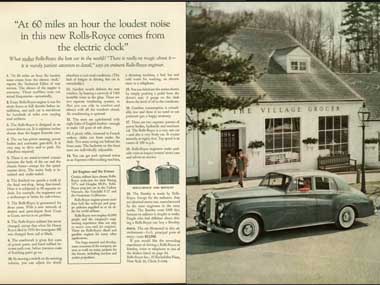)
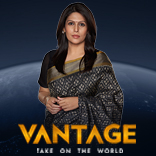



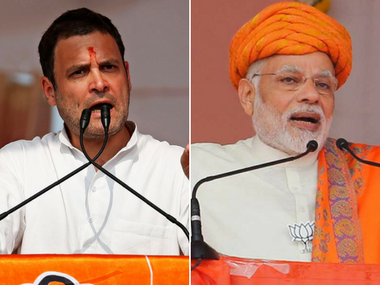)
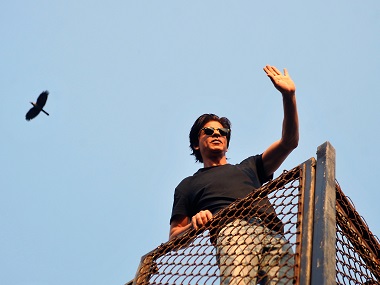)
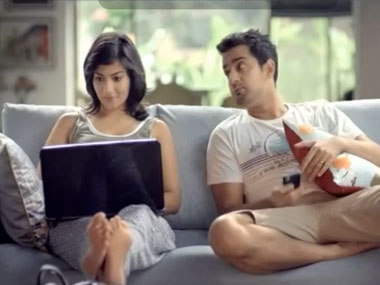)
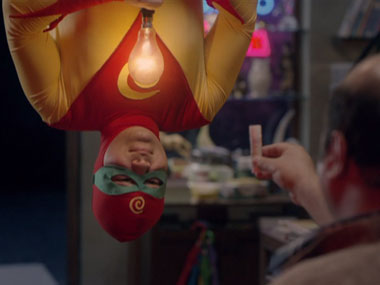)
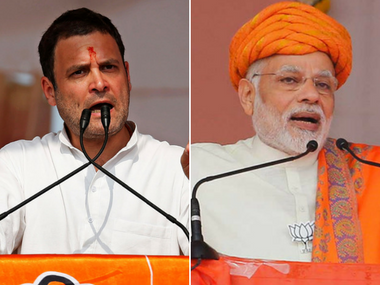)
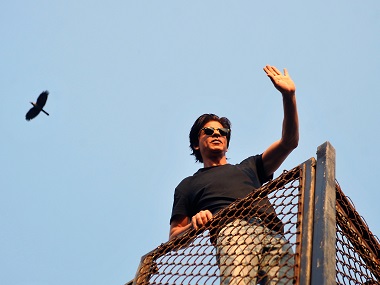)
)
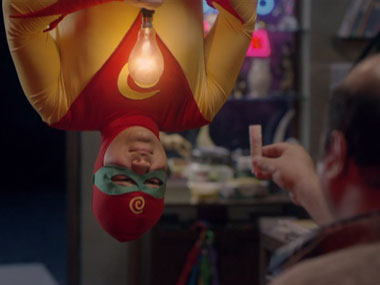)